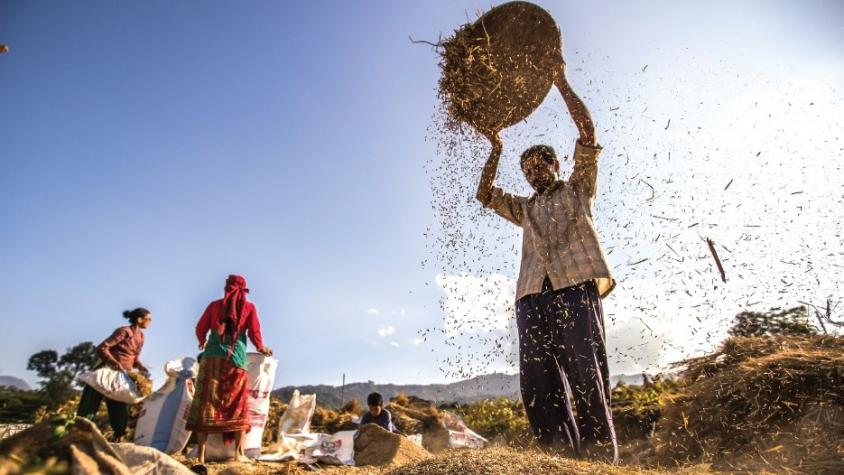Food Security Vulnerability Information System of Nepal

The Food Security Vulnerability Information System of Nepal enabled a diverse set of decision makers to share information about food security through a single system using ICT tools and GIS functionalities. A web-based GIS application was developed to facilitate data compilation, data analysis and wider dissemination of important information on food security. The service was designed to contribute to a better understanding of the spatial patterns of food security, poverty and malnutrition in Nepal, providing a solid basis for developing appropriate food security relief efforts. With access to up-to-date information on key food security indicators, policy makers can design relevant and effective management plans and policies to eradicate hunger in Nepal.
Rationale
The Government of Nepal places high importance on ensuring food security for all citizens. The country’s constitution recognizes food sovereignty as a basic human right. Food availability, access and utilization are core indicators of food security; however the lack of adequate information on these indicators hinders the design and implementation of appropriate strategies and policies to eradicate hunger. The World Food Programme is working with the Government of Nepal on a number of activities to monitor food security in terms of immediate needs as well as longer term food security and sustainability at different temporal and spatial scales. The current data collection and dissemination mechanism lacks a unified system for monitoring all food security indicators, from short term as well as long term perspectives.
-
Users
Ministry of Agriculture and Livestock Development, Government of Nepal
World Food Programme Nepal
-
External News/Resources

